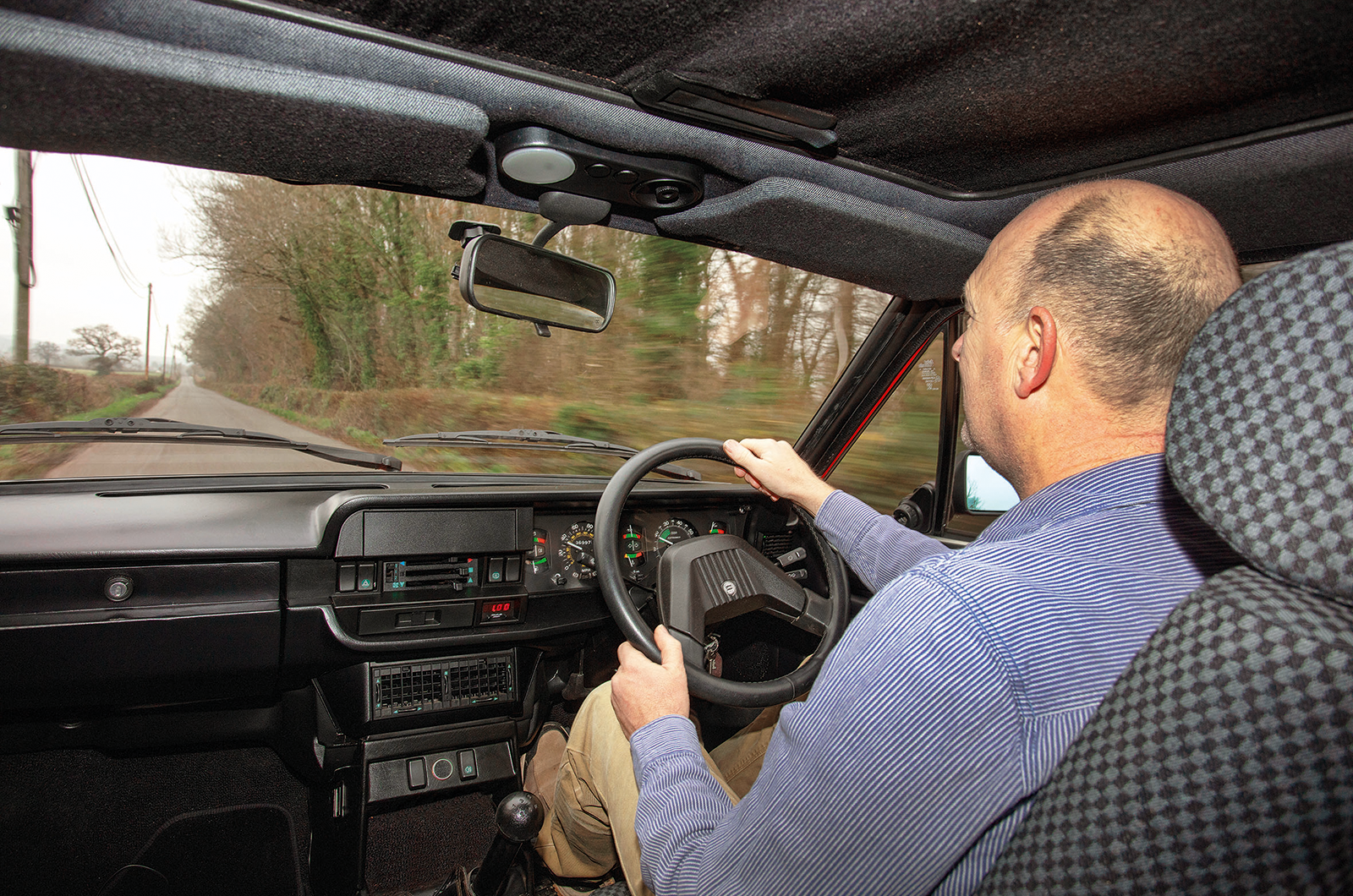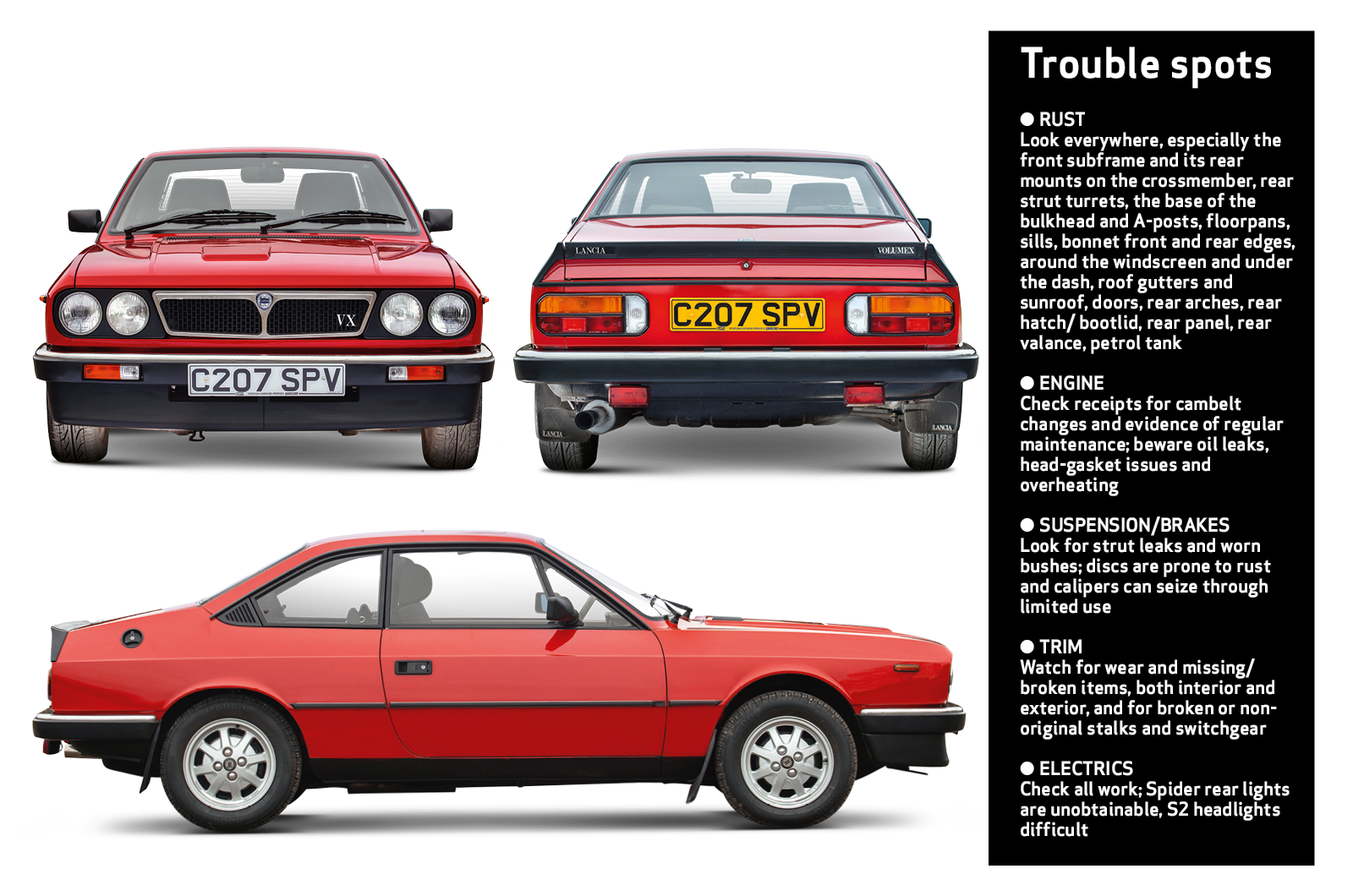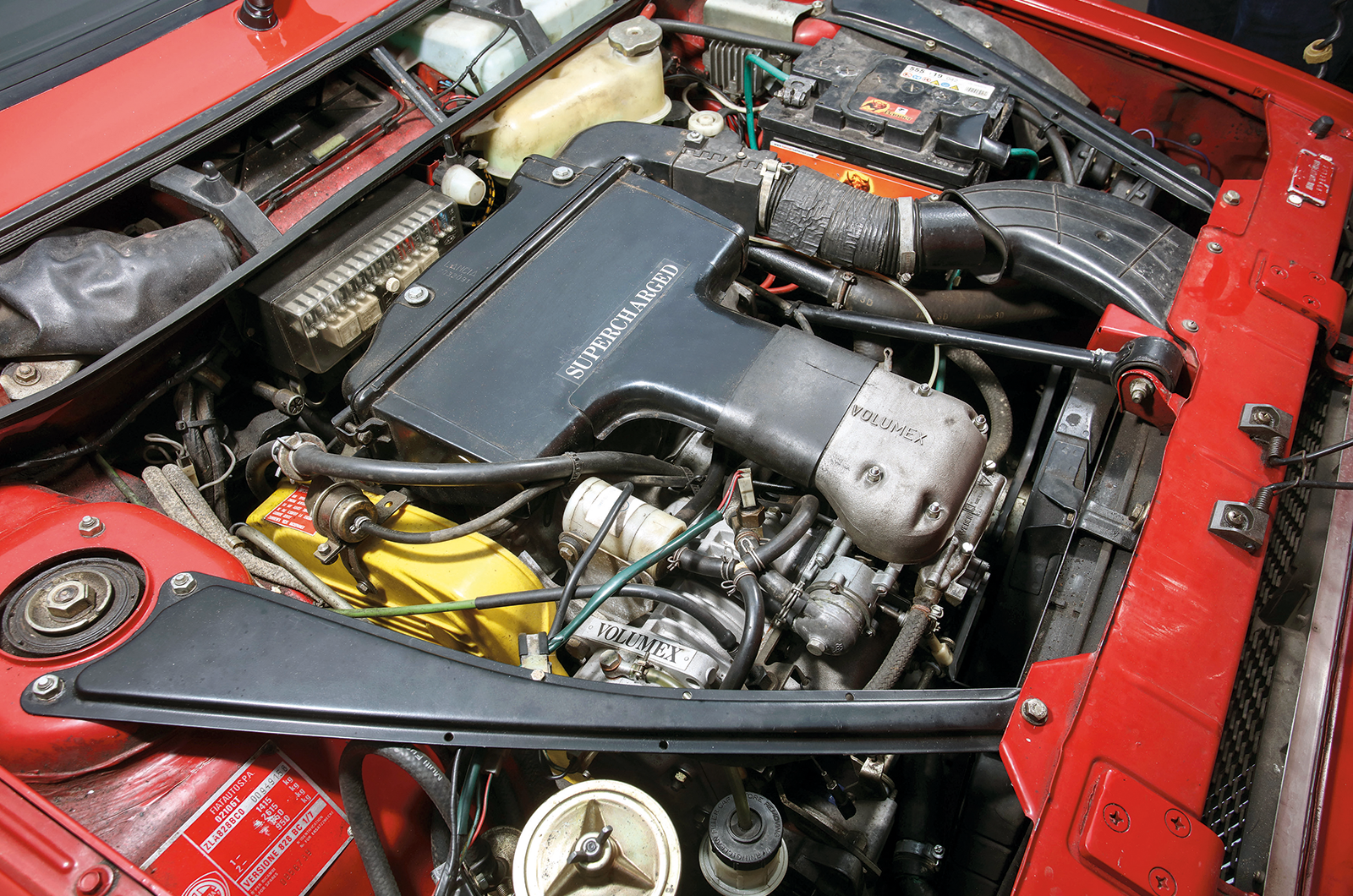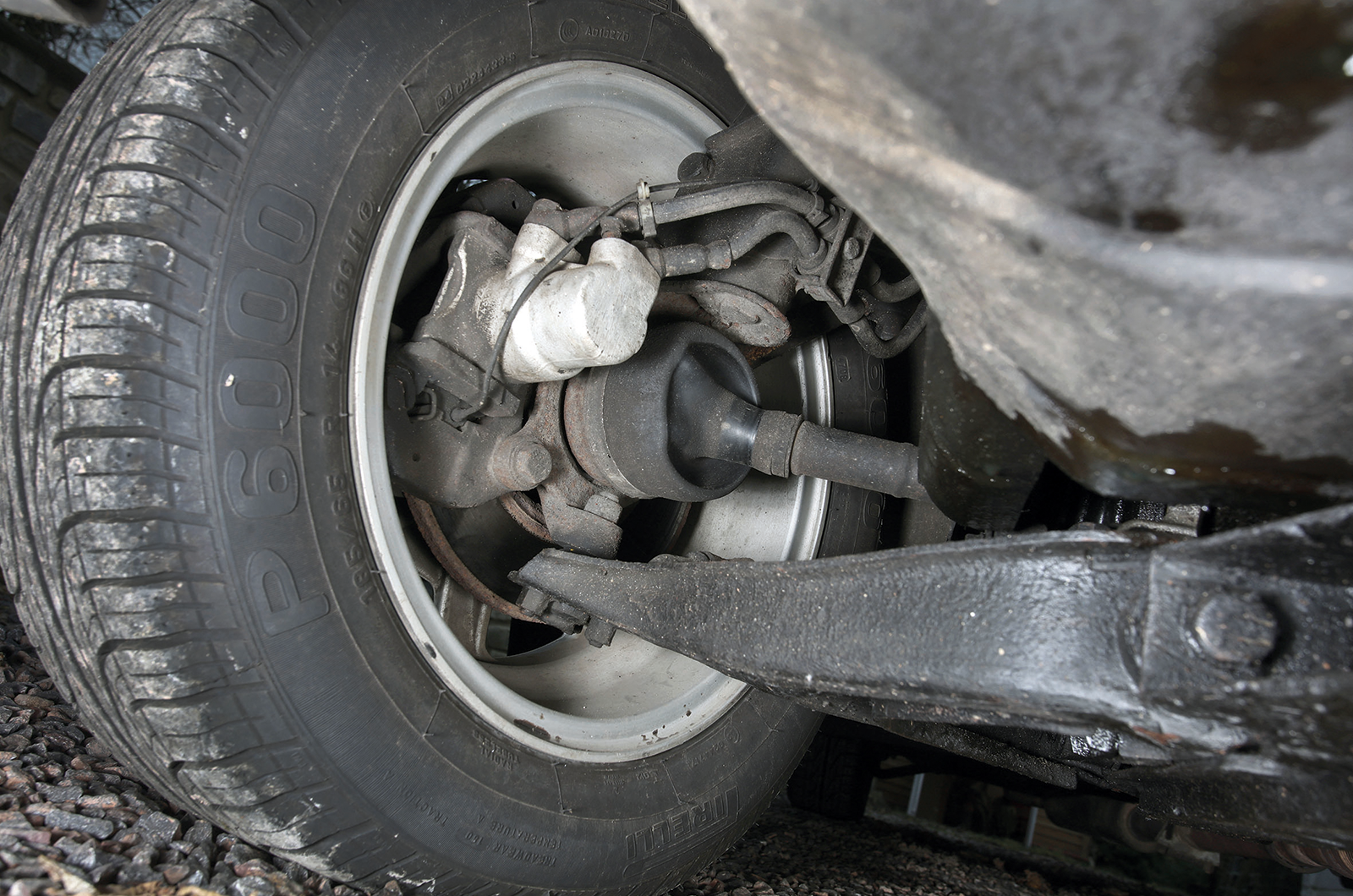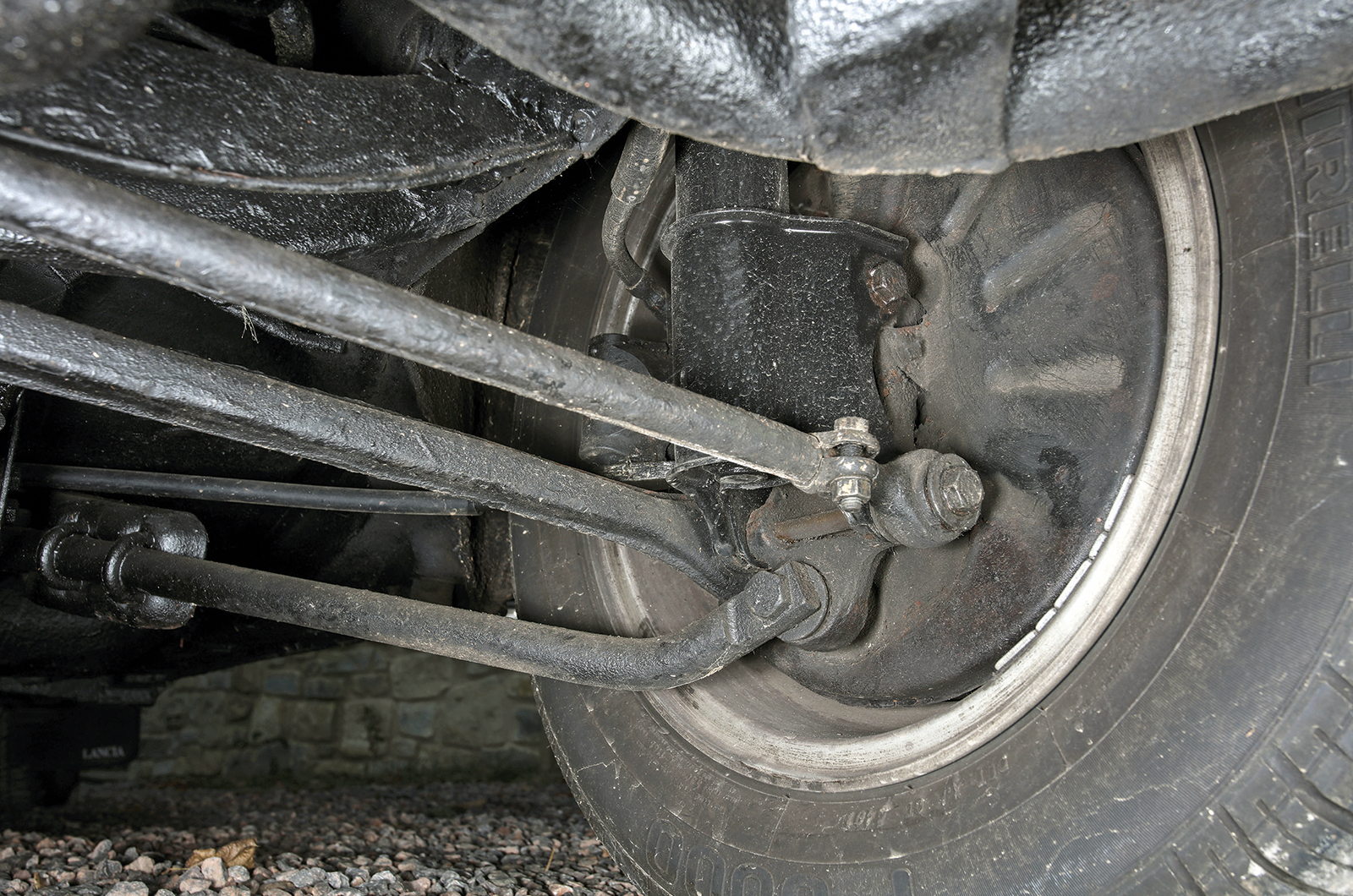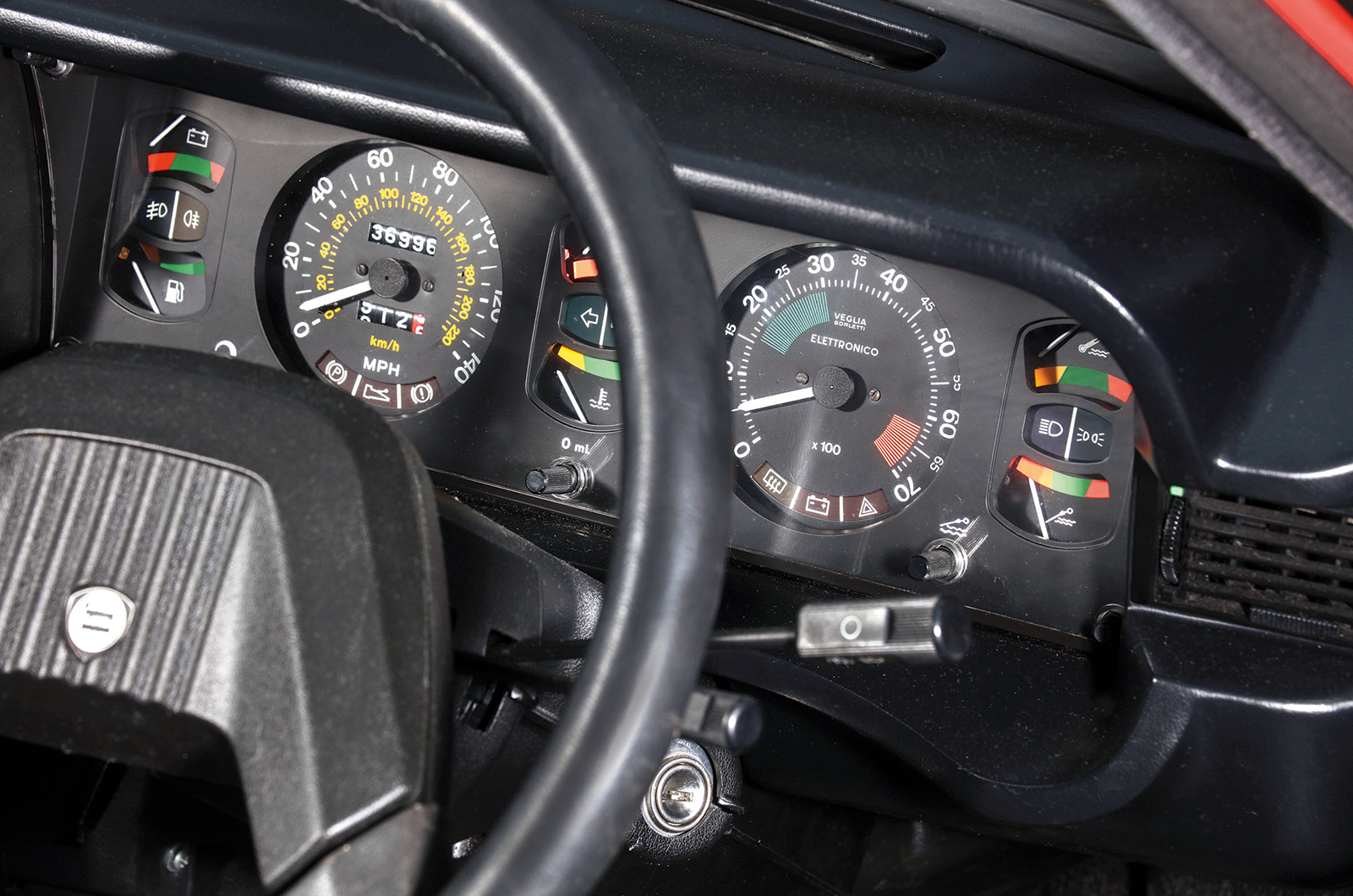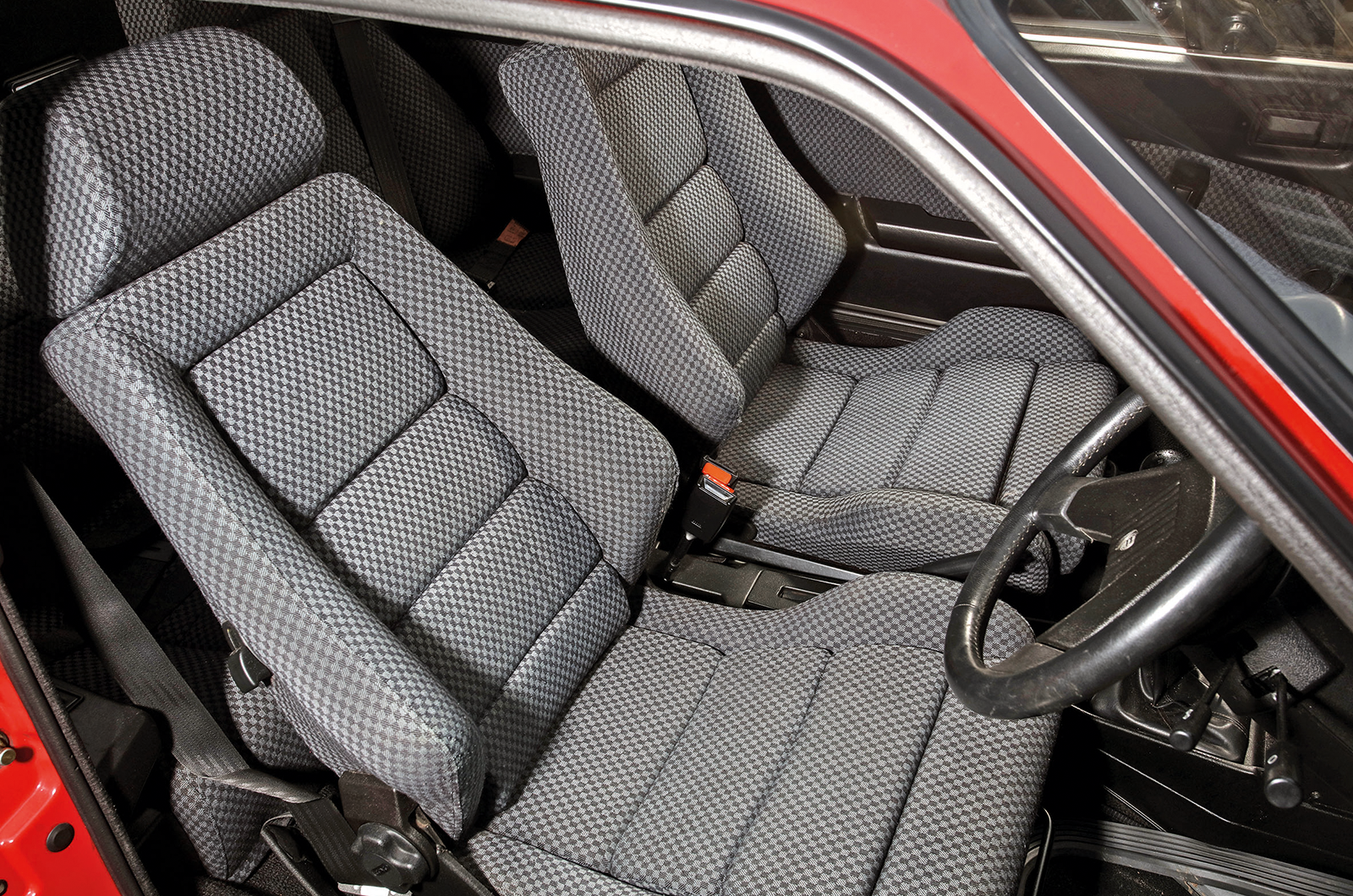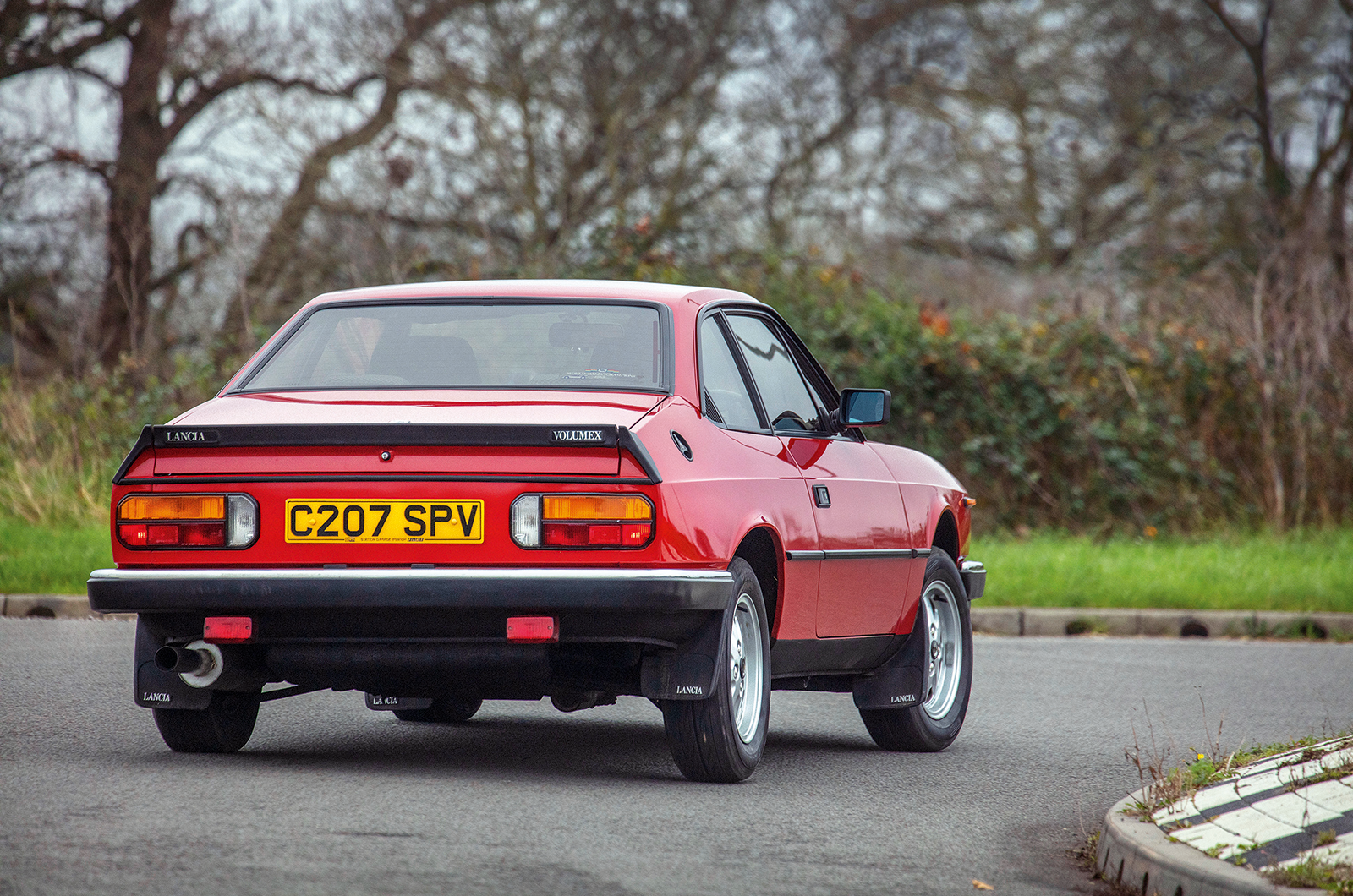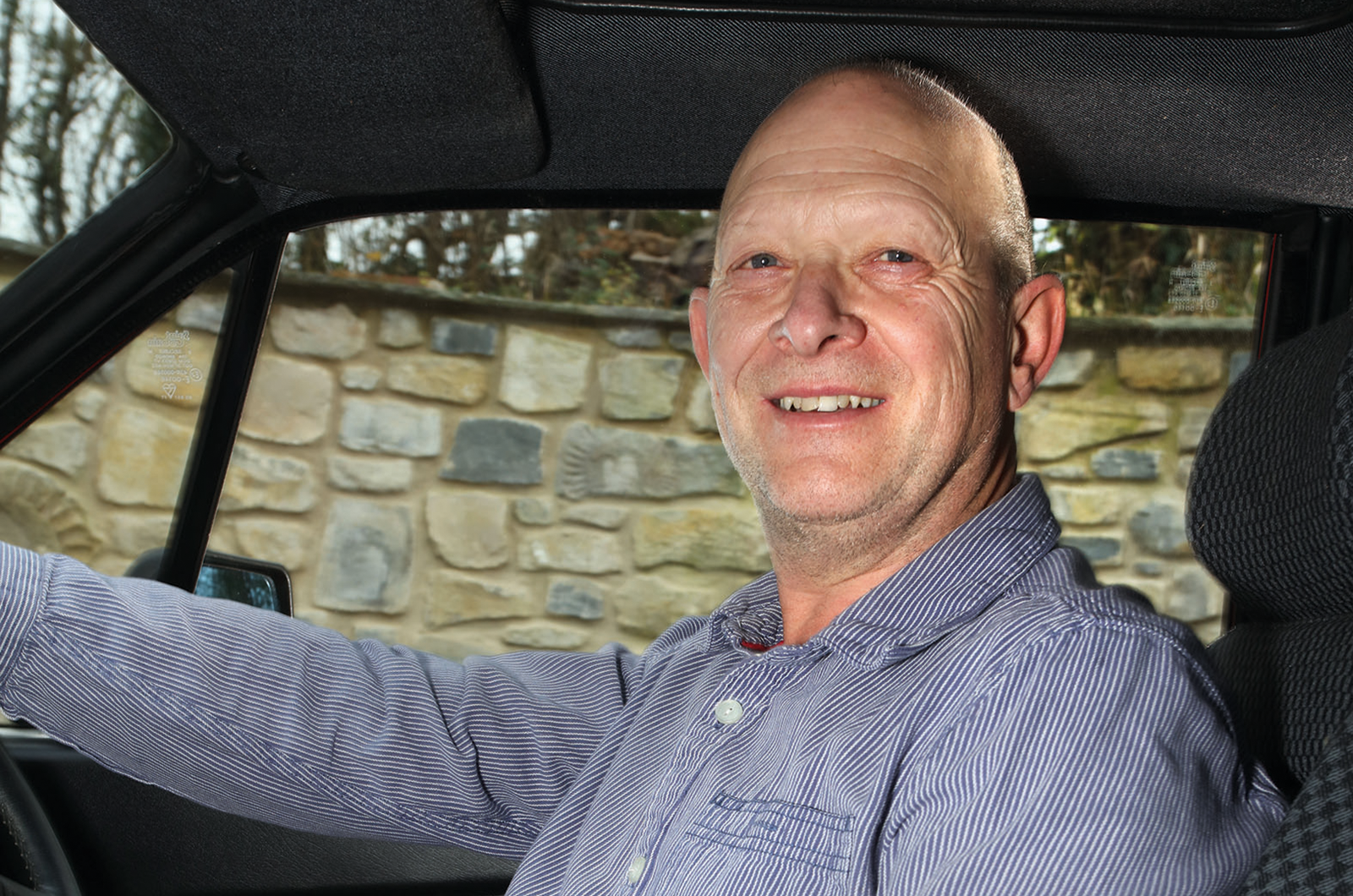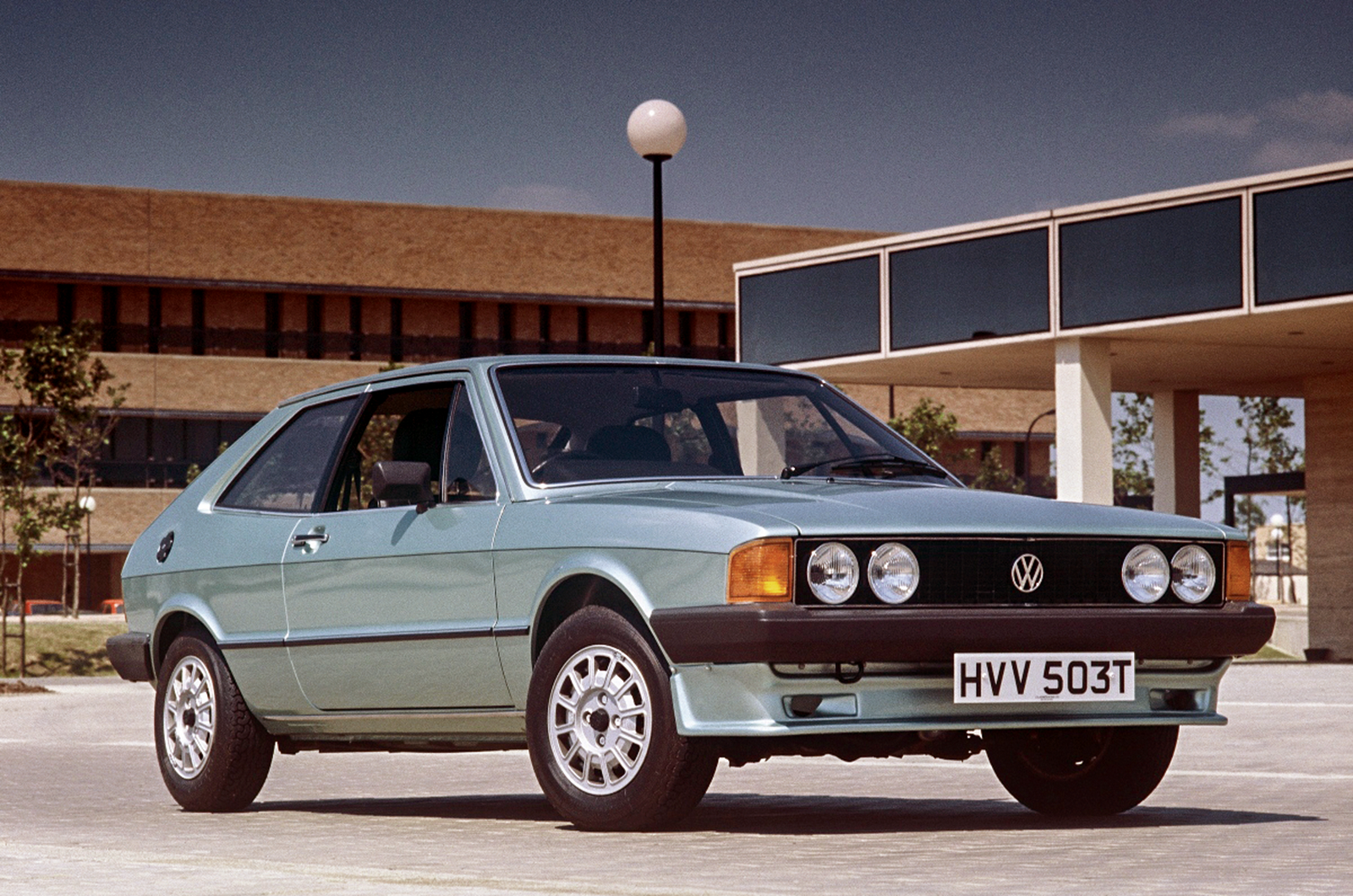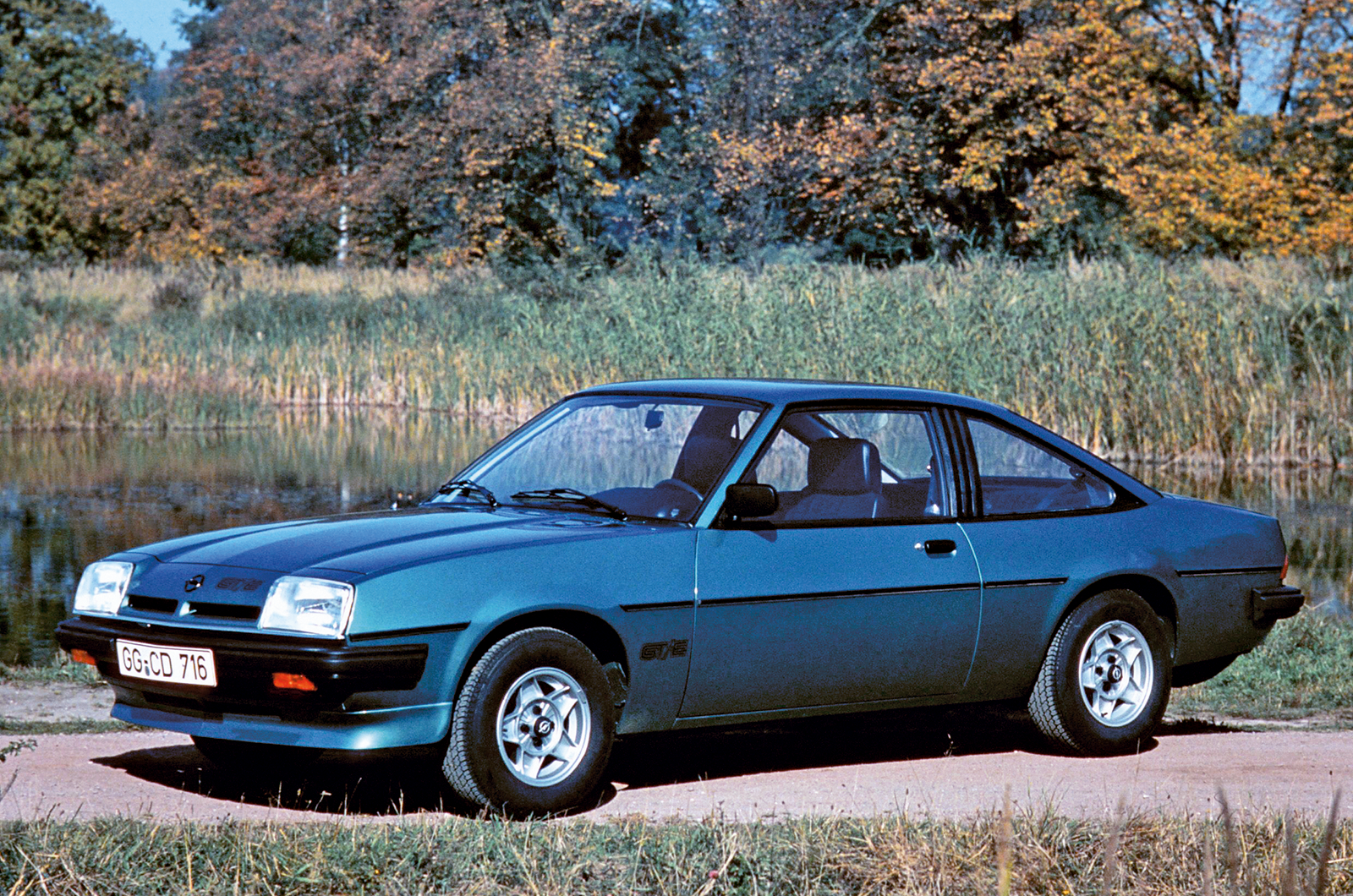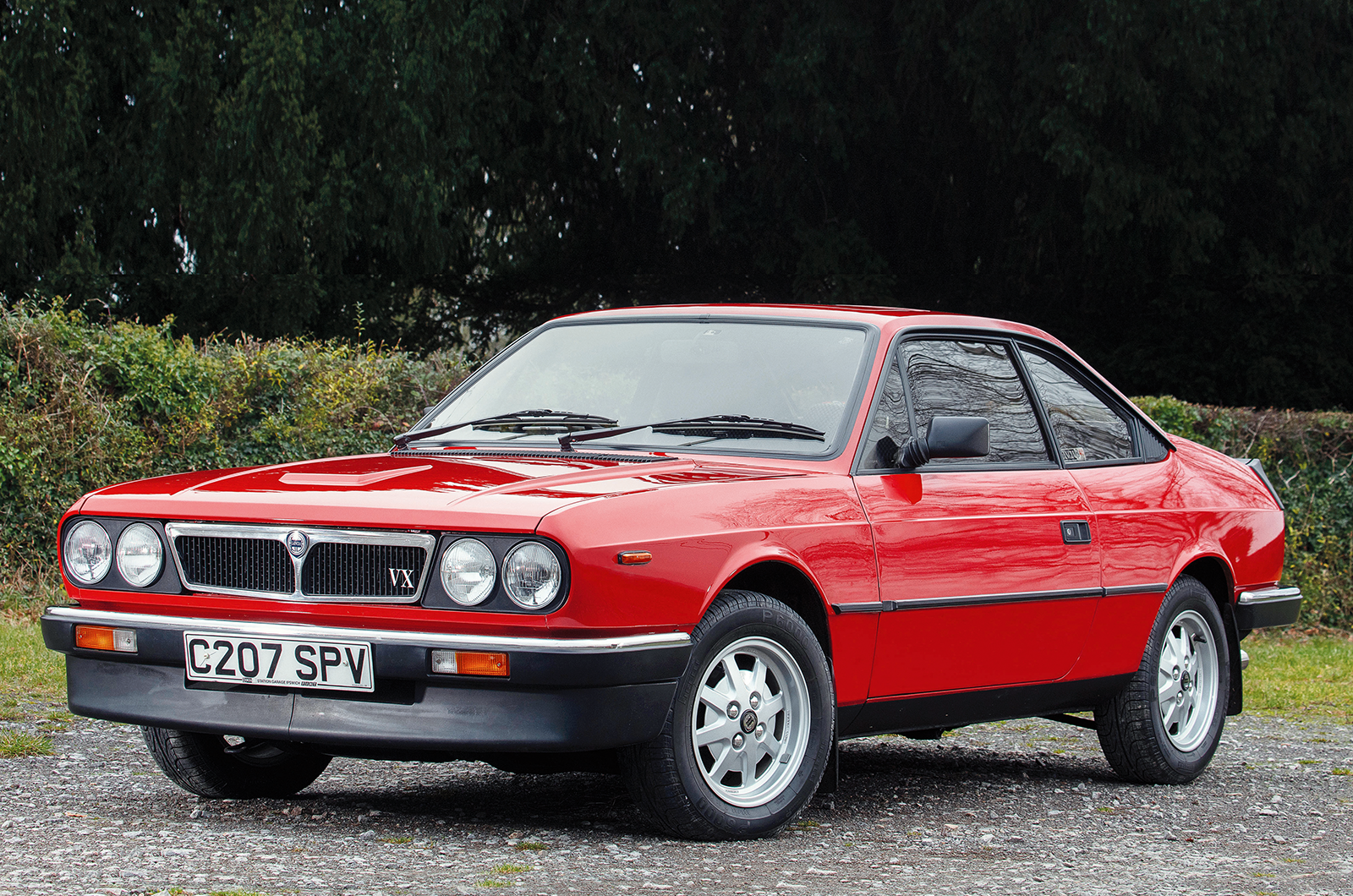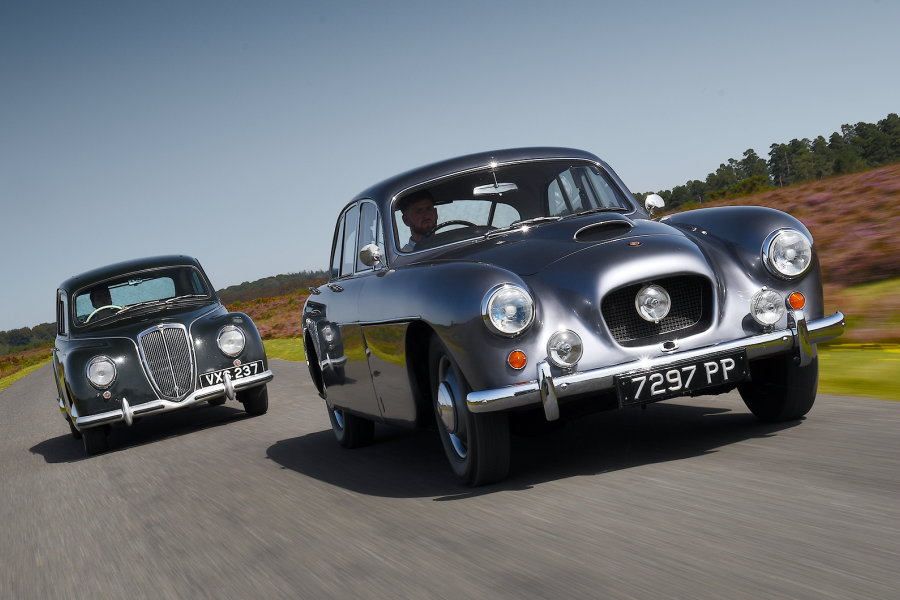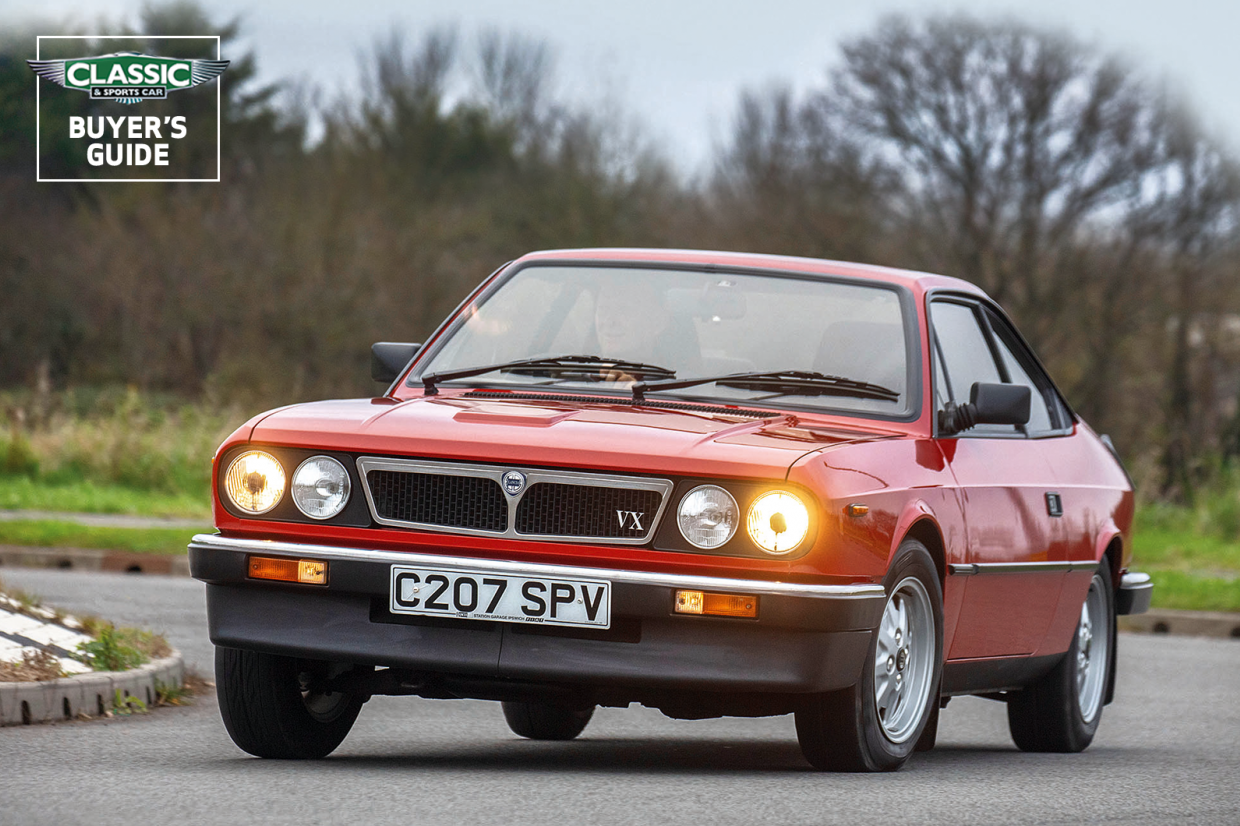
Why you’d want a Lancia Beta
Fiat backing finally gave Lancia the resources to develop an all-new range, launched 50 years ago as the Beta Berlina.
Lancia did the coupé job properly: this was no cut-down saloon. It boasted its own chic styling (created in-house by Aldo Castagno and Piero Castagnero) and no panels were shared with the Berlina.
A foot shorter, 2in narrower and 5in lower, with a 9in shorter wheelbase, the Coupé was sharp, lithe, lively and distinctive, and would have a long, healthy life spawning both Spider (convertible) and High Performance Estate variants, all looking great and selling well.
The engines were based on the Fiat twin-cam, but Lancia engineers were allowed considerable freedom – to the extent of changing the cylinder-head configuration to hemispherical combustion chambers. The engine, with the gearbox on the end, was mounted transversely in the front subframe.
The suspension was developed in-house, with MacPherson struts all round and a unique rear set-up using the anti-roll bar as fore-aft location alongside twin transverse links: it worked well and would be much copied.
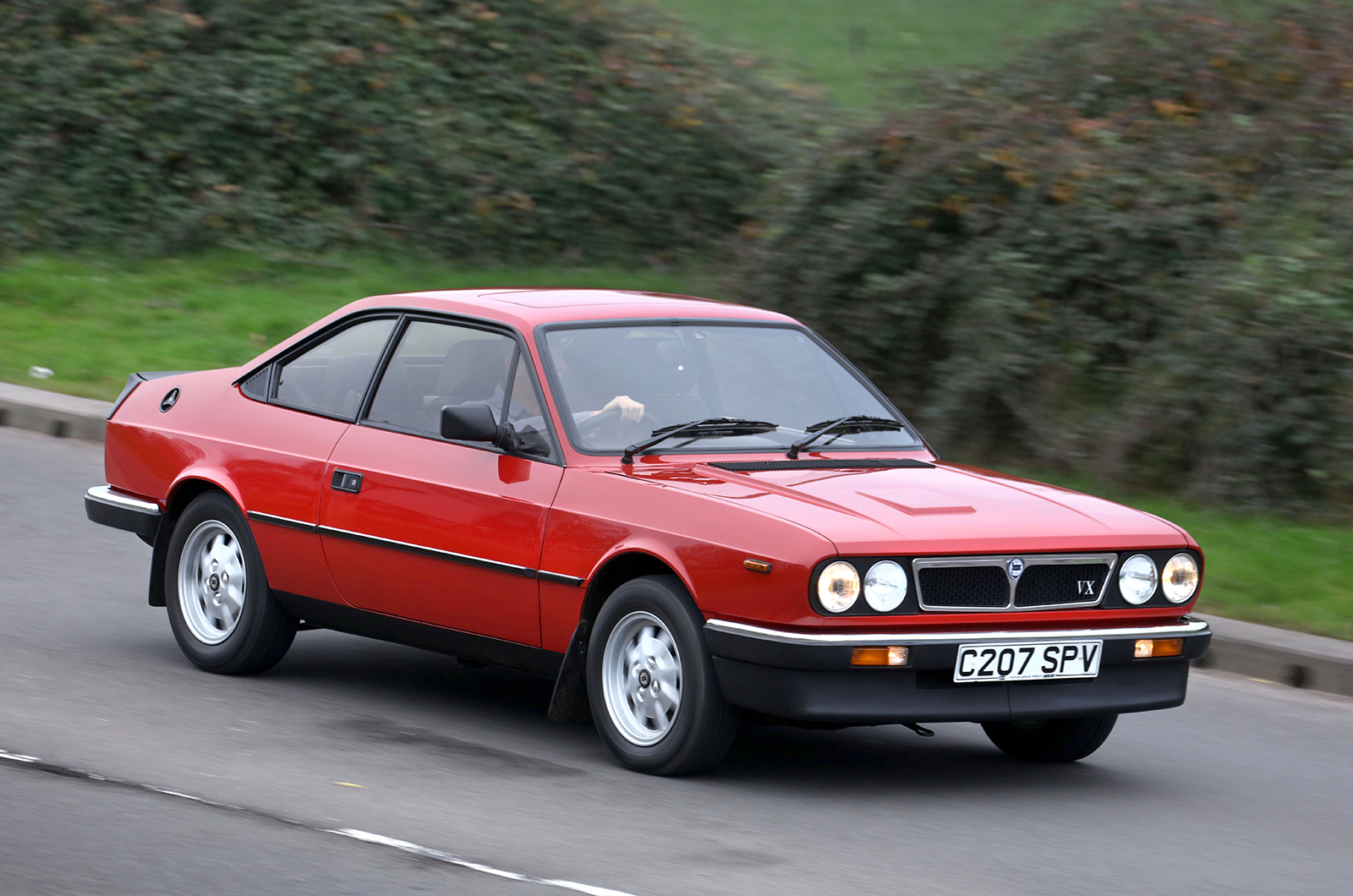
‘There are no cars in the class that are more fun to drive along twisty roads,’ said Motor, ‘nor any that create more interest among bystanders.’

